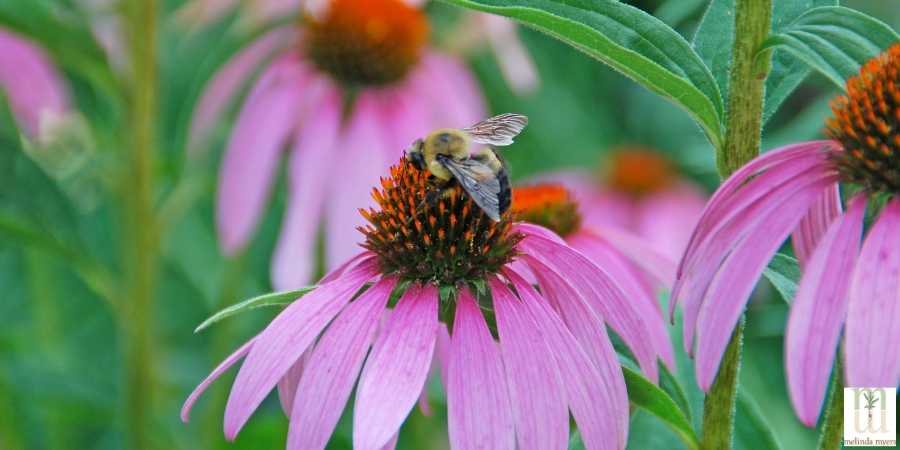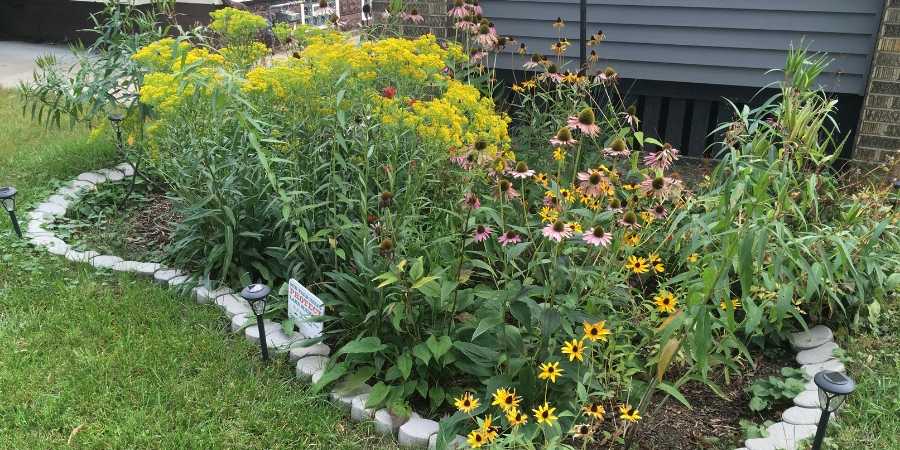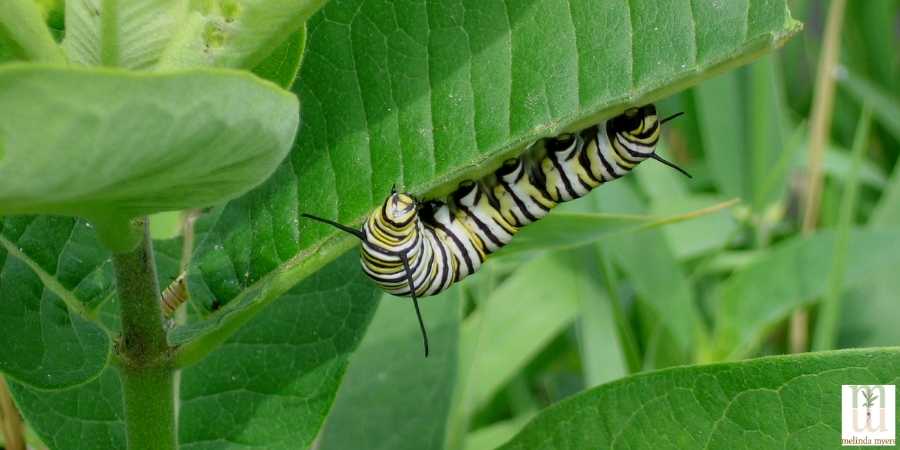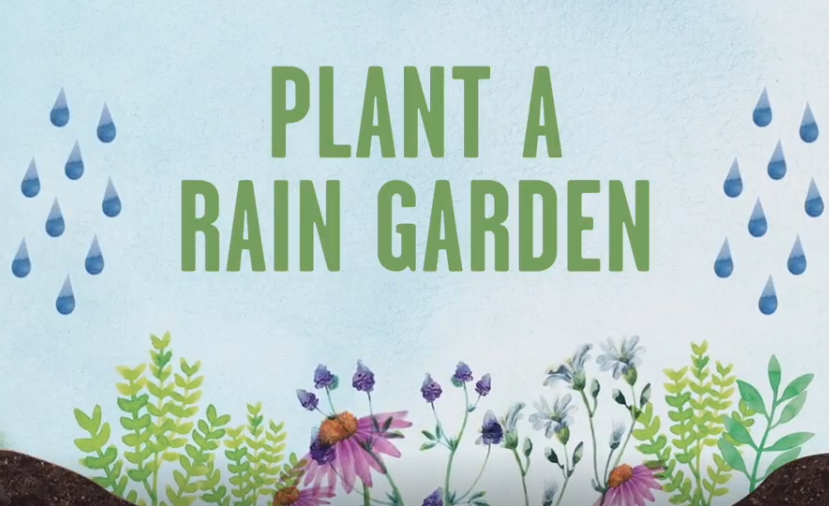Benefits of a Rain Garden
- horticulturist and gardening expertMarch 9, 2019
Too much or not enough water and never when you need it. This seems to be a common complaint of gardeners. Planting rain gardens to utilize rainwater where it falls is a great way to lower garden maintenance, conserve water, and attract pollinators while helping reduce the risk of flooding and storm water overflows.

Water quality and availability is a rising concern for us all. The growing number of buildings, roads, parking lots and other impervious surfaces has increased the risk of flooding and storm sewer overflows. Rainwater rushing over all these hard surfaces picks up dirt, chemicals, garbage and other pollutants on its way to the storm sewer. All this contaminated water ends up in our waterways reducing water quality and increasing water purification costs. The EPA estimates polluted rainwater runoff accounts for 70% of all water pollution.
We as gardeners can help make a difference by including rain gardens in our landscapes. They are specifically designed to intercept and temporarily hold excess water from walks, drives, roofs and other hard surfaces. As the rainwater filters through the plant roots and soil in the rain garden, it removes impurities before entering the groundwater.
Design your rain garden just like you would other gardens in the landscape. Start with a plan, commit to doing soil preparation and select plants suited to all the other growing conditions in your area. Check with your local municipality for any restrictions or possible rebates related to installing rain gardens.
Placement is important. You want to be sure to move water away from your house yet collect it before it reaches the storm sewer. Design your rain garden on the downside of a slope at least 10 feet away from your house. Avoid creating rain gardens over septic systems, tree roots, utilities and wells. Contact your local municipality or Department of Natural Resources (DNR) for placement requirements.
Also avoid areas where water naturally collects and stands for long periods or the water table is near the soil surface. Consider creating a wetland garden in these areas instead. This type of garden is filled with native wetland plants suited to locations that stay wet for long periods of time.

Disconnect your downspout from the combined sewer if needed and permitted in your community. Direct this and water from your sump pump discharge to your rain garden. The slope of your landscape may be sufficient to move the water away from your house and to the garden quickly. If not, you may need to install a swale to direct the water to the garden. Some gardeners opt to bury a 4” downspout extender to carry the water to the garden for aesthetics and easier mowing. No matter the method you enlist, the goal is to move water away from your home and into the rain garden where the deep plant roots and soil filter pollutants out of the water before it enters the groundwater.
Check with your state’s DNR and University Extension Service for information on designing, installing and caring for rain gardens in your area. The Wisconsin Department of Natural Resources produced a step-by-step manual to make the process a bit easier for all gardeners and checkout this short video on how to install a rain garden.
The depth of the bed and soil preparation you’ll need to do is influenced by slope, soil type, size of garden and its location. Always call 811 at least three days before digging in. They’ll contact all the appropriate companies who will mark the location of their underground utilities in your work area. This helps eliminate the danger and inconvenience of accidentally knocking out power, cable or other utilities while you create your beautiful rain garden.
Include perennials that tolerate wet and dry soil once established. Many native plants tolerate these conditions while supporting pollinators; making them a great choice. Do not include invasive plants that can escape from the landscape, invade natural spaces and disrupt the natural balance of nearby woodlands, wetlands and prairie ecosystems.
Employ design strategies you use when creating other planting beds. Include plants of different heights, shapes and textures. Place like plants in groupings of three to seven for greater impact and easier maintenances.
Don’t be overwhelmed by the long lists of rain garden plants. Start small by selecting a few plants that tolerate the sunlight, weather and soil in your area. You can always add more as you master the first round of plantings. Make sure you have a few plants that will flower in each season for you, the bees and butterflies to enjoy. Use native grasses as fillers and to help support the taller flowering plants. They add texture to the garden, unify the planting and many provide food for native caterpillars and seeds for songbirds.

You will enjoy the flowers, colorful winged visitors and other beneficial insects that visit or live in the garden. Many help with pollination while others feed on garden pests. Plus songbirds visiting your rain garden will also feed on insect pests that damage your landscape plantings.
Water your newly planted rain garden thoroughly when the top few inches of soil are crumbly and slightly moist. Check soil moisture several times a week during hot dry weather. Cover the soil surface with a layer of woodchips or shredded bark mulch to help suppress weeds and conserve moisture. After the first two years, once the garden is established, these plants will require minimal care and seldom need watering.
Let’s work together to reduce the amount of valuable rainwater entering the storm sewer. Instead, put it to work growing beautiful gardens and landscapes. Together we can make a beautiful difference in our communities.


